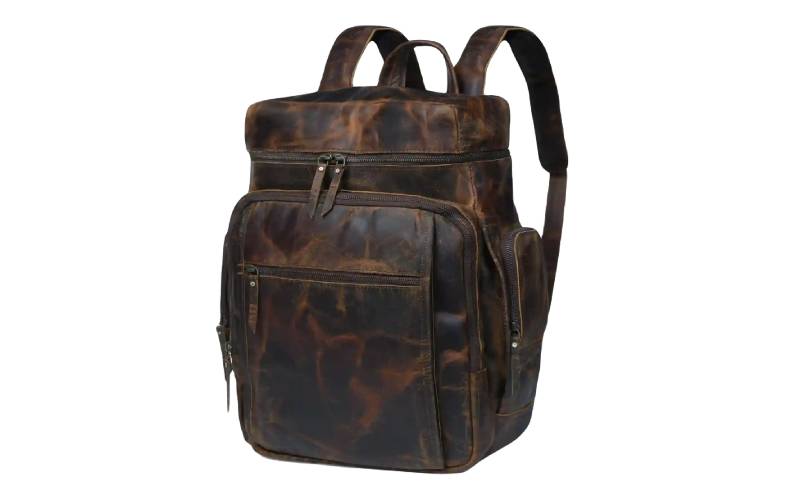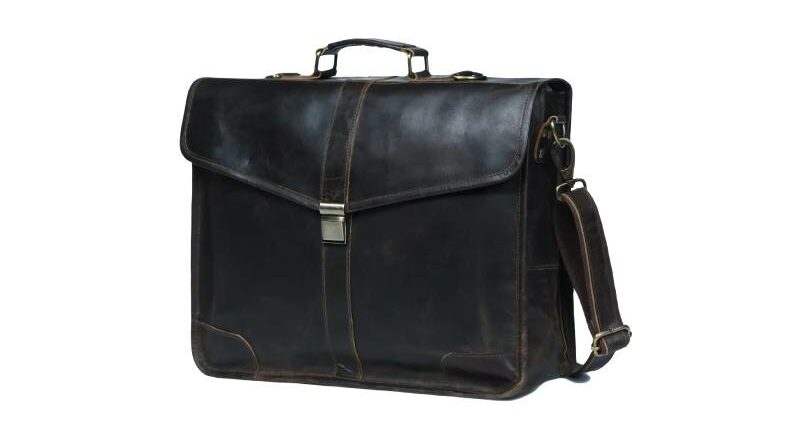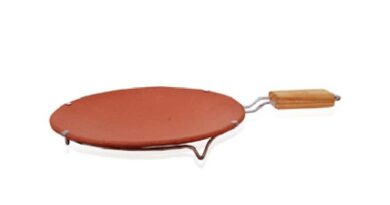How To Restore Your Vintage Leather Goods To Their Former Glory?
Vintage leather goods are timeless treasures that exude elegance, craftsmanship, and character. Whether it’s an aged leather bag, a cherished wallet, or a pair of classic boots, restoring vintage leather goods requires patience, the right techniques, and appropriate products. If properly cared for, these leather items can last for generations. This guide will walk you through the essential steps of restoring and maintaining your vintage leather goods so they can continue to tell their story.
Understanding Vintage Leather
Before diving into restoration, it’s crucial to understand the characteristics of vintage leather. Over time, leather develops a patina—a sheen or gloss that enhances its beauty. However, exposure to sunlight, moisture, dirt, and neglect can lead to cracking, drying, or discoloration. Vintage leather goods are often made from high-quality, full-grain leather, meaning they require delicate handling and specific treatments to maintain their integrity.

Assessing The Condition Of Your Vintage Leather Goods
The first step in restoring vintage leather goods is evaluating their current condition. Look for:
- Cracks and dryness: Indicate the need for deep hydration.
- Stains and discoloration: May require cleaning or dyeing.
- Mold or mildew: Sign of moisture exposure that requires immediate treatment.
- Scratches and scuffs: Can be treated with conditioning and buffing.
- Loose stitching: Needs repair to prevent further damage.
By understanding the extent of the damage, you can determine the necessary restoration steps.
Cleaning Vintage Leather Goods
Dirt, dust, and grime accumulate over time, dulling the appearance of leather. To clean vintage leather goods:
- Dust Off the Surface: Use a soft, dry microfiber cloth to remove surface dust.
- Use a Gentle Leather Cleaner: Apply a mild leather cleaner or saddle soap with a damp cloth, gently working it into the leather using circular motions.
- Remove Stains Carefully: For stubborn stains, use a mixture of equal parts white vinegar and water. Dab (do not rub) the stained area to lift dirt and oil.
- Allow Leather to Air Dry: Never use direct heat sources like hairdryers as they can cause further drying and cracking.
Conditioning To Restore Moisture And Suppleness
Vintage leather loses its natural oils over time, leading to brittleness. Conditioning helps restore flexibility and durability.
- Use a high-quality leather conditioner with natural oils like lanolin, neatsfoot oil, or beeswax.
- Apply a small amount with a soft cloth, rubbing it in circular motions.
- Let the conditioner absorb for several hours or overnight.
- Wipe away excess conditioner with a clean, dry cloth.
Conditioning not only restores moisture but also enhances the leather’s natural patina.
Repairing Cracks, Scratches, And Scuffs
Minor scratches and scuffs are common in vintage leather goods. To repair them:
- Use a leather balm or repair cream to fill minor cracks and blend imperfections.
- For deeper scratches, apply a leather dye matching the original color, followed by a sealant.
- Buff the treated area with a soft cloth to blend the repair seamlessly.
For severe cracks or structural damage, consulting a professional leather restorer may be the best option.
Removing Mold And Mildew
Vintage leather stored in humid conditions can develop mold or mildew. To safely remove it:
- Wipe the surface with a mixture of equal parts rubbing alcohol and water.
- Allow the leather to dry completely in a well-ventilated area.
- Apply a leather conditioner to restore lost moisture.
Proper storage in a cool, dry place helps prevent mold growth in the future.
Restoring Color And Shine
Over time, the color of vintage leather goods can fade. Restoring color requires:
- Using a Leather Dye: Choose a color that closely matches the original. Apply in thin layers, allowing each layer to dry before adding more.
- Polishing for Shine: Use a neutral or matching-colored leather polish to enhance the finish.
- Buffing: Use a soft cloth or a shoe brush to bring out the natural luster of the leather.
Protecting Vintage Leather Goods
Once restored, maintaining your leather items is essential to prolong their lifespan.
- Store Properly: Keep leather goods in a cool, dry place away from direct sunlight.
- Use Leather Protectants: Apply a leather protectant to guard against stains and water damage.
- Avoid Excess Moisture: If your leather item gets wet, blot it dry and allow it to air dry naturally.
- Regular Cleaning and Conditioning: Periodic care keeps leather soft, hydrated, and looking its best.
When To Seek Professional Help?
While DIY restoration works well for minor issues, some vintage leather goods may require professional intervention. Consider seeking help if:
- The leather is severely cracked or peeling.
- Structural repairs (e.g., stitching or hardware replacement) are needed.
- You want a precise color restoration or refinishing.
A professional leather specialist can provide advanced treatments to restore heavily damaged leather while preserving its authenticity.
Conclusion
Restoring vintage leather goods is a rewarding process that brings life back to cherished items. With proper cleaning, conditioning, and maintenance, your vintage leather accessories can continue to age gracefully and retain their timeless appeal. By investing time and care into restoration, you can ensure that your leather goods remain stylish, durable, and full of character for years to come.




